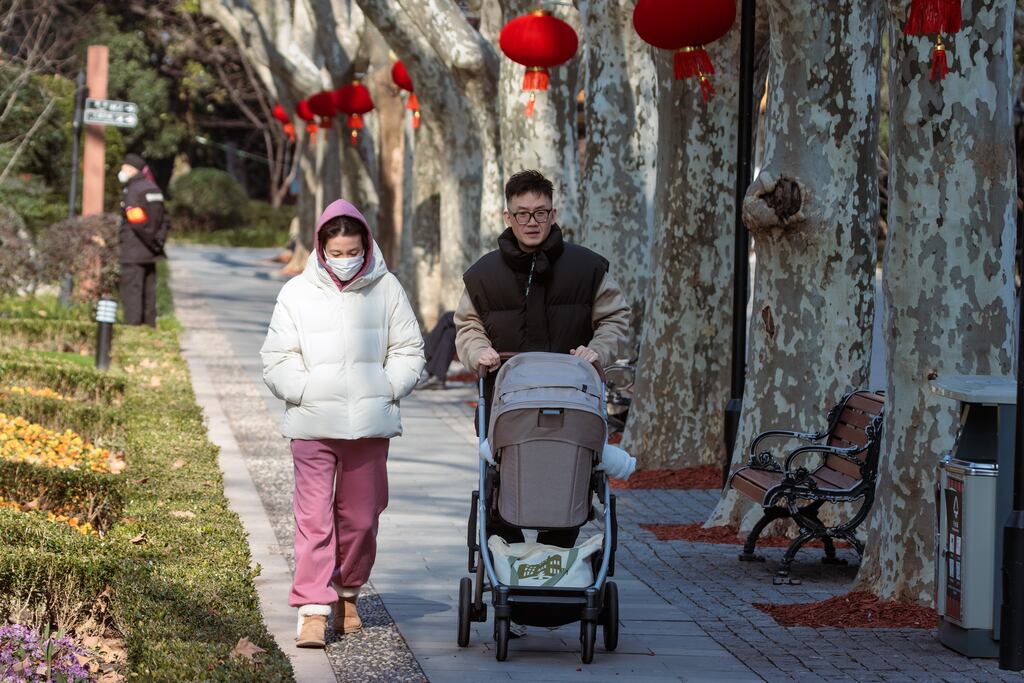Every schoolchild knows China is the world’s most populous country. Not for long. India’s population now stands at 1.4066 billion, while China’s National Bureau of Statistics has put the country’s falling population at 1.41175 billion, down 850,000 in 2022, the first decline in 60 years. China’s population will fall to 1.31 billion by 2050, the UN predicts.
All at a time when China’s economy has been growing at just 3 per cent annually, its slowest rate in 40 years. The growing demographic crisis will feed into that slowdown, with consequences not just for China and its economy but for the world.
The population decline officially began last year, when deaths – 10.41 million – outstripped the country’s 9.6 million births. And some demographers worry that dodgy official figures mean the trend started before then. It was the first time deaths outnumbered births since the Great Leap Forward, Mao Zedong’s failed economic experiment that led to widespread famine and death in the 1960s.
China now has one of the lowest fertility rates in the world. The decline had its origins in the harshly enforced, three-decade one-child policy, but the latter’s relaxation in 2016 has not reversed the trend.
Cash and tax incentives for babies have not changed the underlying reality that many young Chinese simply do not want children.
The day when China will not have enough people of working age to fuel its growth is not here yet. There is still a buoyant labour force and it can count on productivity improvements compensating for falling worker numbers. But China is now facing a challenge increasingly seen in the advanced capitalist world of a growing dependency ratio as huge numbers retire. By 2035, 400 million people in China, nearly a third of its population, are expected to be over 60.
Access to limited care, medical services and income later in life will pose harsh questions about the Communist Party’s ability to provide a better life for its people.














